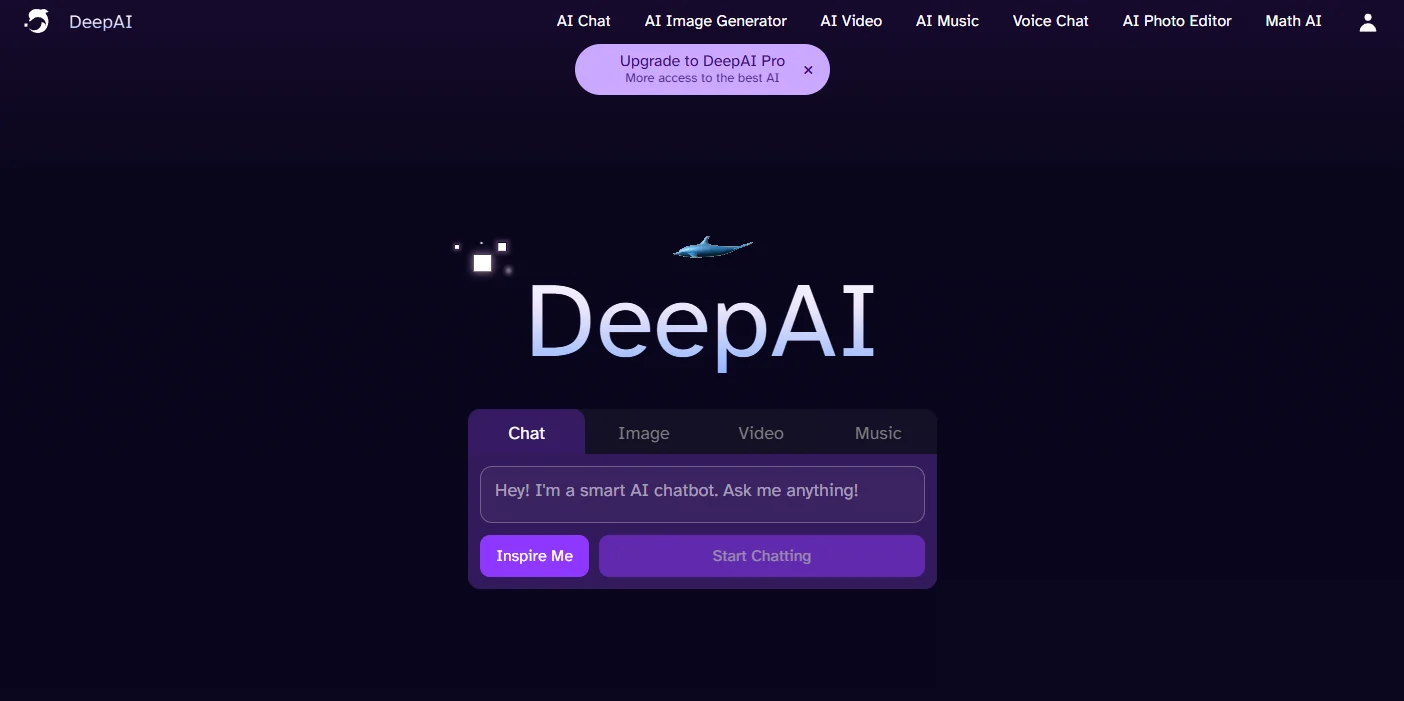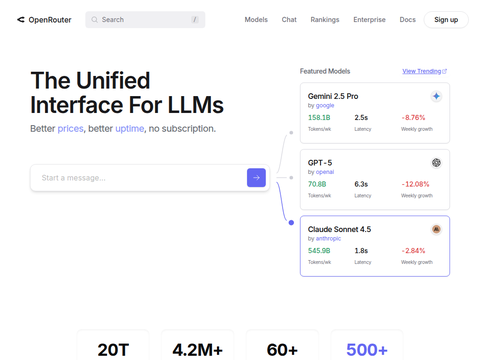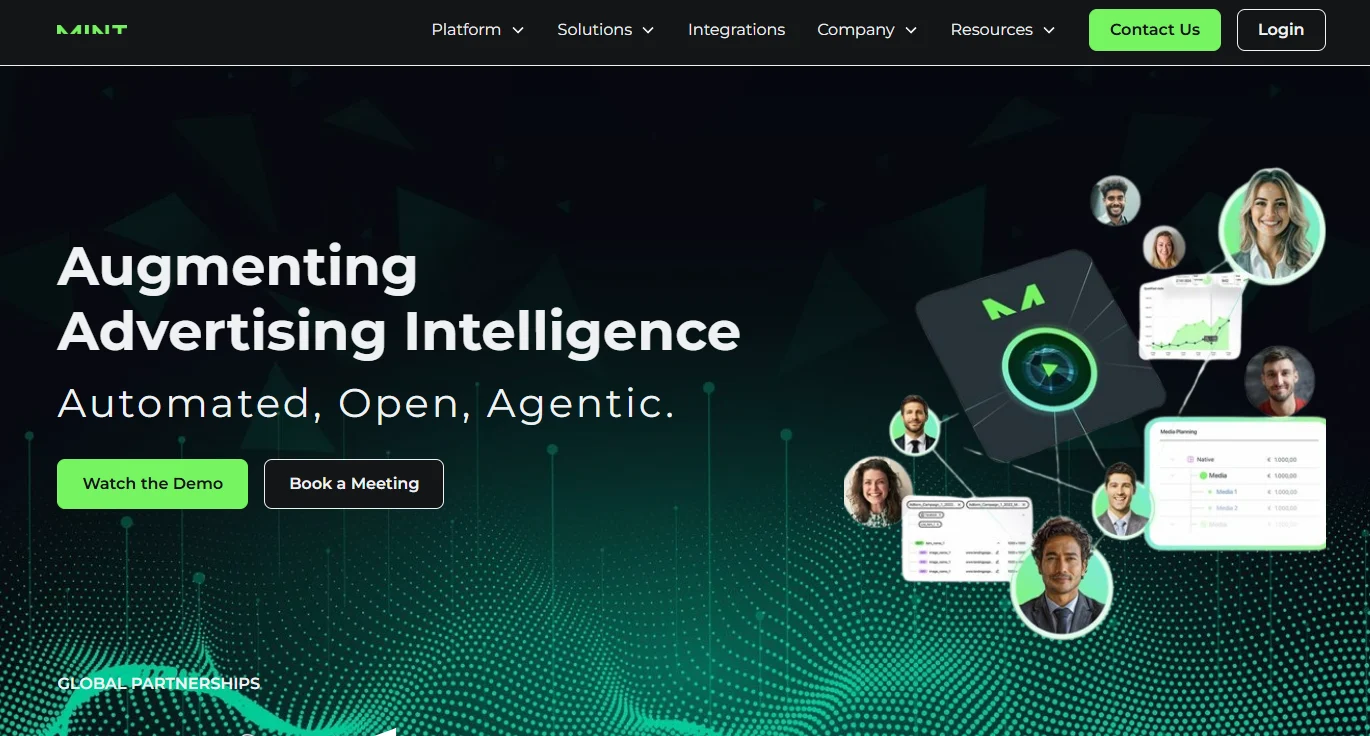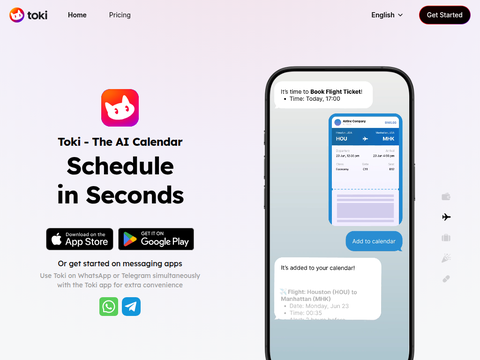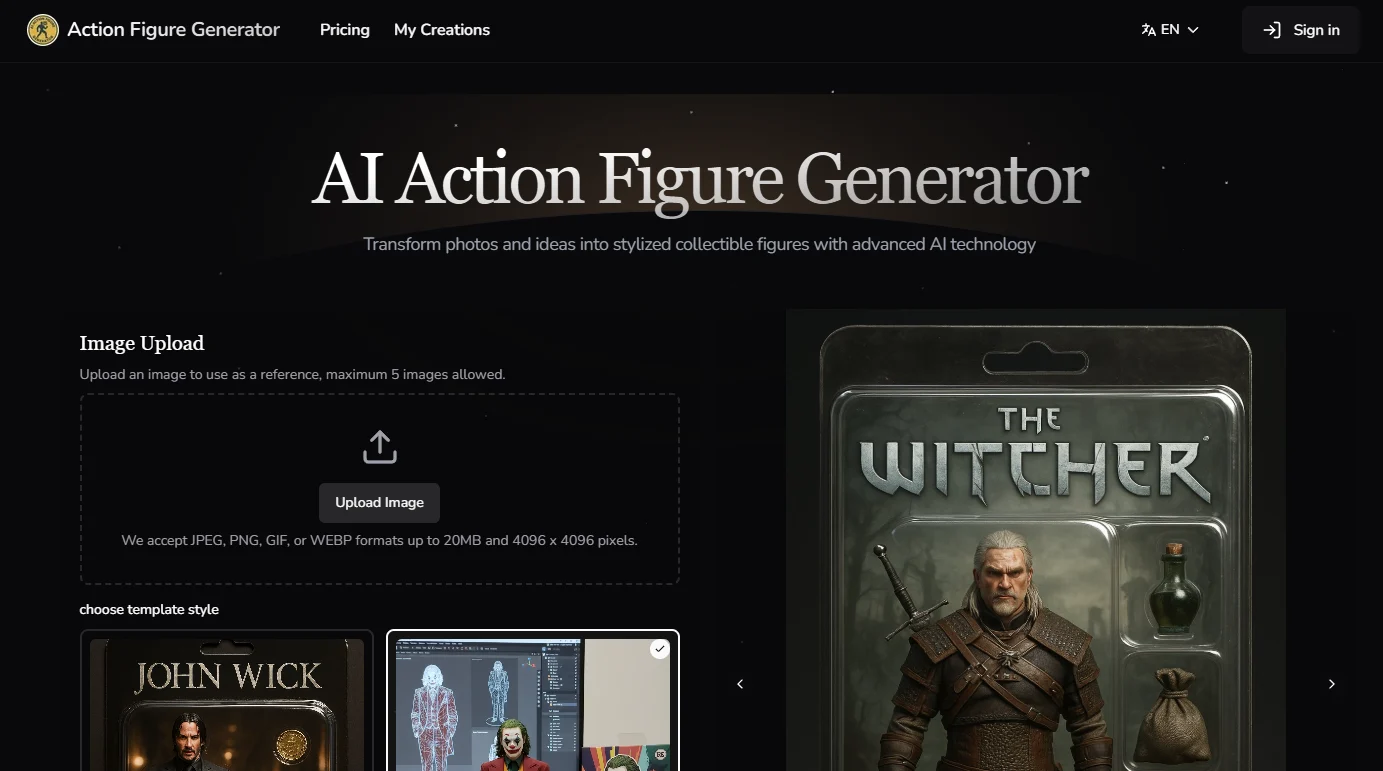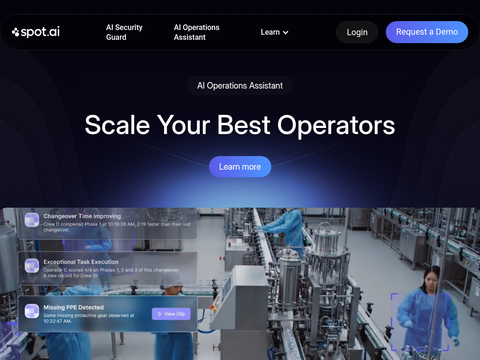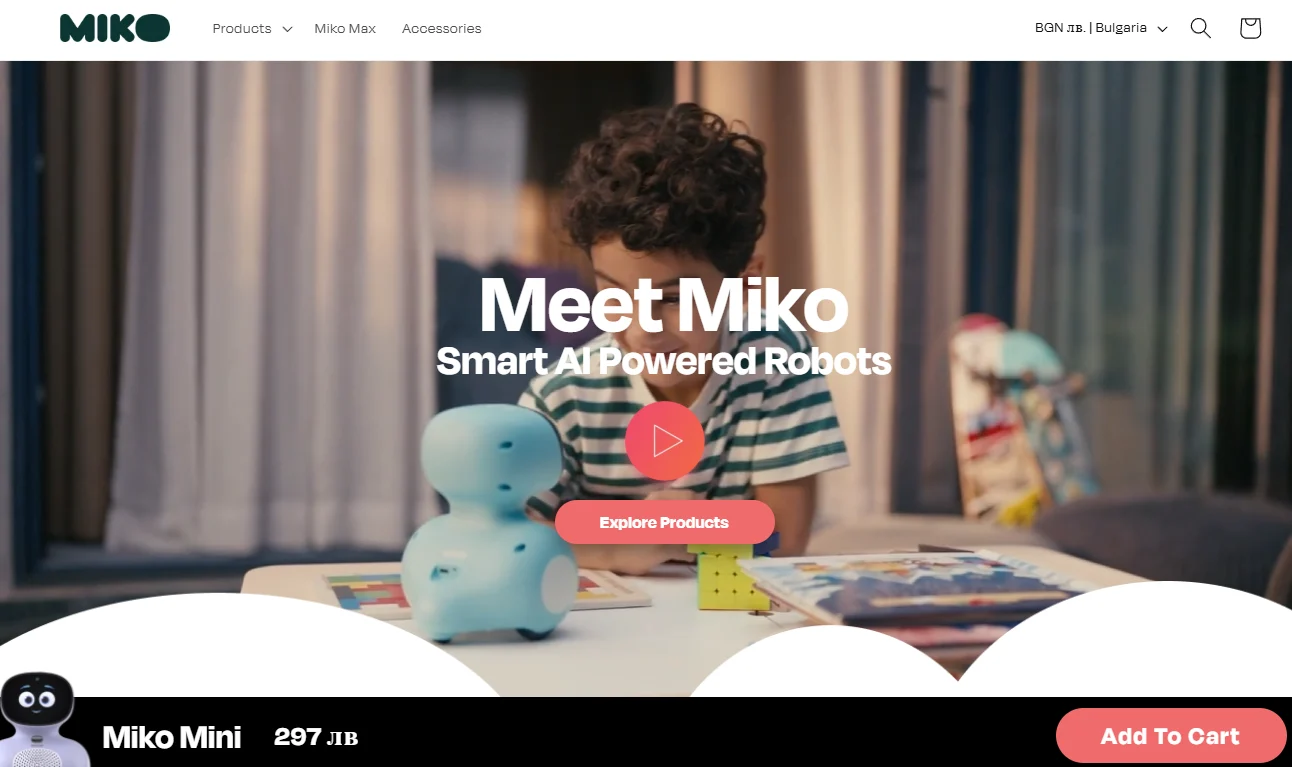The Transformation of E-commerce Customer Service in the Era of Intelligence: Challenges and Opportunities
China's e-commerce industry is booming, bringing with it over one million customer service positions. These customer service representatives serve as a vital bridge between brands and customers, playing a crucial role in maintaining customer experience and corporate reputation. However, with the continuous advancement of AI technology and the widespread adoption of intelligent customer service systems, a question arises: will this large workforce be replaced by technology?
In the midst of debates, some argue that AI will fully take over traditional customer service roles, significantly reducing the need for human customer service. Others believe that AI will empower rather than replace these positions. What profound impact will this technological revolution have on the industry?
Debate: Will AI Replace Human Customer Service?
Customer service has long been considered a labor-intensive field. However, this status quo is quietly changing. The introduction of AI, with its 24/7 availability, quick response, and high efficiency, addresses the challenges of peak periods that human staff cannot cover. Many companies find that through intelligent customer service, they can achieve higher efficiency at a lower cost.
Views of Those Supporting AI Replacement
Intelligent customer service can handle 70-80% of repetitive tasks, such as logistics status inquiries and return and exchange processes, which inherently do not require human intervention.
Companies save significant labor costs through AI systems, providing more options for resource allocation.
Views of Those Supporting Collaborative Development
While AI excels in handling standardized, high-frequency tasks, human customer service remains indispensable for emotional support and complex complaints.
The combination of AI and human service can achieve a win-win in terms of efficiency and customer experience.
Industry Evolution: From Labor-Intensive to Technology-Driven
In the process of intelligent transformation, customer service positions are undergoing profound changes. AI not only reduces labor costs but also elevates the role of customer service.
Efficiency Bottlenecks: In high-concurrency scenarios, human customer service struggles to ensure timely responses, leading to a decline in customer experience.
Inconsistent Quality: The quality of customer service depends on individual capabilities, making standardization difficult.
Career Burnout: Repetitive and tedious work leads to a lack of growth opportunities, reducing the appeal of the position.
Clearer Task Division: AI handles high-frequency, standardized issues, while human customer service focuses on high-emotional, complex scenarios.
Technology and Data-Driven: Intelligent customer service systems learn from each interaction, using data analysis to optimize service processes and provide actionable business insights.
Introducing NexusAI: A Leader in Intelligent Customer Service Solutions
In this wave of transformation, NexusAI stands out with its advanced intelligent customer service system. This system does not simply replace human staff but enhances both service efficiency and customer experience through innovative models.
- 24/7 Response and Efficient Handling
- NexusAI provides 24/7 uninterrupted service, covering customer needs even during peak periods, ensuring stable performance and avoiding customer dissatisfaction due to delayed responses.
- Using natural language processing (NLP) technology, the system quickly understands customer queries and matches accurate answers, significantly improving response speed and customer satisfaction.
- Intelligent Division of Labor and Collaboration
- AI Customer Service: Best suited for high-frequency, standardized tasks, such as order inquiries, logistics updates, and common FAQ answers, handling over 70% of routine tasks without human intervention.
- Human Customer Service: With system support, human staff can focus on complex scenarios, including complaints, disputes, and personalized services, ensuring both service quality and brand warmth.
- Data-Driven Continuous Optimization
- The system integrates data from each interaction to provide directions for service optimization. For example, analyzing frequent issues can help companies adjust product descriptions or service processes, reducing the occurrence

